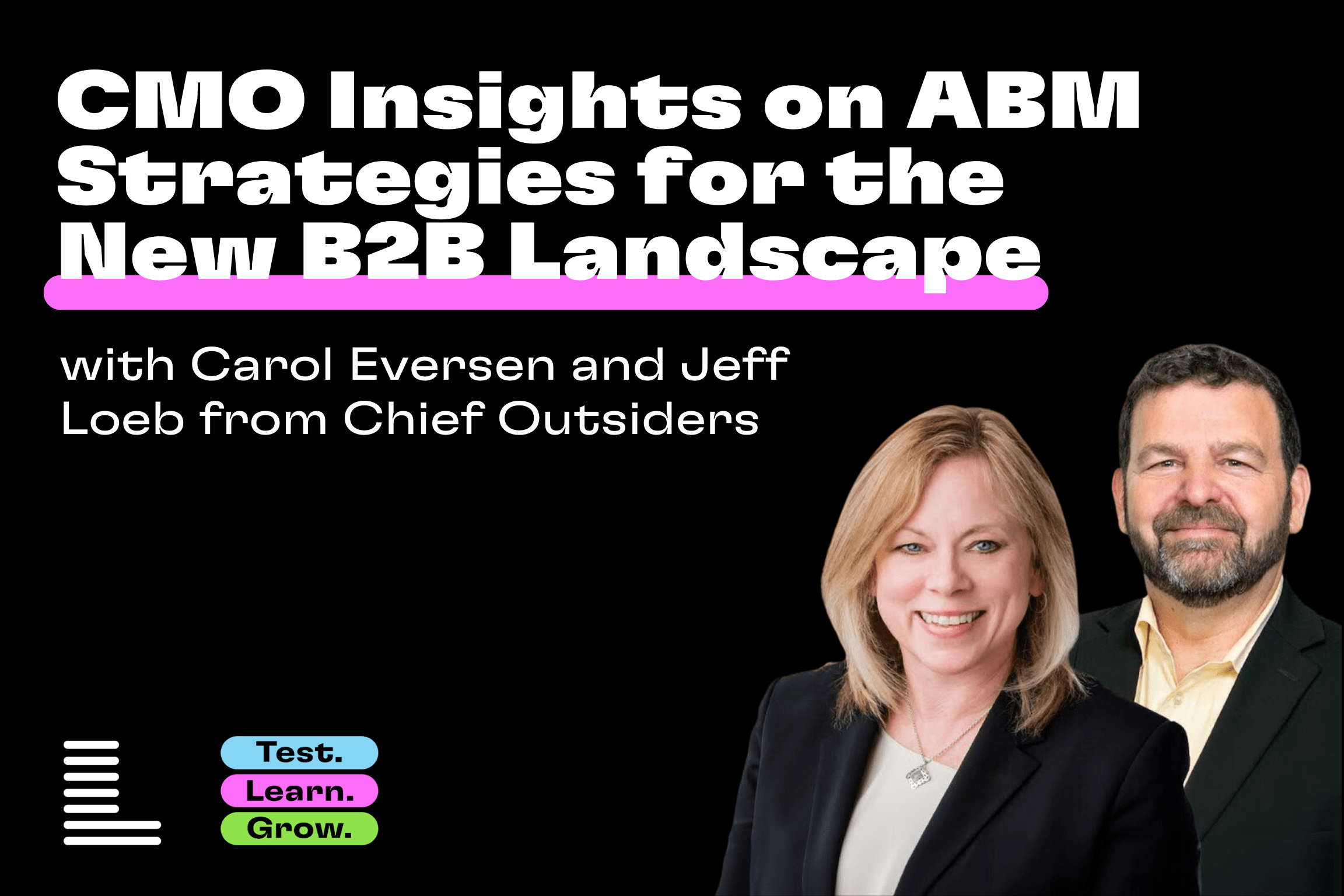That’s what they asked around the agency. Well, they didn’t. No one noticed that the interns were reading a printed PDF of The Kentucky Derby is Decadent and Depraved. But my colleagues would have asked, had they noticed, because rarely does one find interns reading Hunter Thompson at the office. Brand Storytelling Lesson 1: Don’t get so hung up on accuracy that you forget to tell the truth.
The digital marketing interns were reading Hunter Thompson because of what the maverick gonzo journalist can teach us about telling our clients’ stories.
In 1970, the short-lived Scanlan’s Monthly sent a pre-Fear and Loathing Hunter Thompson to Louisville, KY to cover the Derby as an athletic spectacle. The magazine received a story of the Derby, but not the race. They got a detailed play-by-play of animals doing extraordinary things. But they only got one sentence about the horse race. Surrounded by the Southern elite in this annual celebration of debauchery bordering on degeneracy, Thompson understood that this microcosm of American excess was the story that needed to be told in 1970. The real story wasn’t about the race. The story was what Thompson so succinctly summarized in the title, that the Kentucky Derby was decadent and depraved. Brand Storytelling Lesson 2: Find the story beneath the the plot.
The reason the interns were reading Hunter Thompson was not to emulate the would-be sheriff of Aspen’s masterful use of unreliable narration. The digital marketing interns aren’t writers, nor do they aspire to be. But, like all marketers, they are storytellers, and as such, they can learn from the masters — even those who composed their stories on a typewriter for a monthly journal.
At Level, our decisions are based in scientific method. We hypothesize, test, and analyze everything that we try. The hypothesis was that the curriculum the interns were learning in their college marketing courses was teaching them implementation before understanding, that they were putting the cart before the derby-winning horse, whichever one that was. They were learning character limits, but not learning what content to include when every word is precious. The test was a blog. I presented the intern with the responses to a biographical interview with an employee at one of our higher-education clients and gave her the directive on how to write a blog that was informative and spurs potential student interest in the college.
The digital marketing intern read the interview and wrote the blog. It conveyed factual information, but it didn’t tell the story. The story — synonymous with the “differentiator” in marketing speak — was buried in the fourth paragraph. It was afforded one sentence with no further implications, the same attention Thompson gave to the non-story of the horse race at the Kentucky Derby. Hypothesis correct. Brand Storytelling Lesson 3: Do not attempt to write the story before figuring out what it is.
Results analyzed, the next experiment was under way. Hypothesis: Reading an acclaimed example of the ability to find and tell a story, even from a disparate genre, would help our young friend understand how to think analytically and pull benefits and differentiators from a collection of facts.
She read The Kentucky Derby Is Decadent and Depraved with a critical and analytical eye, the goal not to absorb the names and dates and facts, but to understand what Hunter Thompson accomplished and why I assigned her to read a 45-year-old piece of journalism to improve her ability in 21st century direct-response copywriting. She went back to the college employee interview with instructions not to try to write the blog article, but to just find the story, to connect the dots and extrapolate from the subject’s responses a unique story that is relatable and, above all else, drives potential students to apply to the college.
The results of the experiment, though clearly not statistically sound, proved the hypothesis that the principles of storytelling in marketing transcend genre and medium. That true understanding of the inherent concepts underlying the creation of the marketing story is better gleaned from literature courses than marketing career prep. This is actually the same point made in the argument scene that preceded the famous “How do you like them apples?” line in Good Will Hunting, that memorizing facts may impress your pretentious bar buddies, but demonstrating an understanding of what you read helps you excel… and meet women.
This distinction is of paramount importance in digital marketing. Facts are significant; they help us find the story. But they don’t tell it. Without context, facts are just pieces of information. It’s our job as marketers to take those facts, distinguish their significance, and give them meaning. Most of the facts collected in the interview that the intern read were irrelevant to driving admissions to the college. As storytellers, we need to discern which facts are relevant and use them for what they are: support.
Holy Land won the 1970 Kentucky Derby. Even then, the outcome of the race only affected a handful gamblers. As Thompson put it, “many winners, more losers”. It didn’t matter which product of equine eugenics won the race. The readers of Scanlan’s Monthly, being humans, care about what their fellow man’s debauched actions say about their bloated society as a whole. That’s the story of the Kentucky Derby, and what only one reporter told. Brand Storytelling Lesson 4: Know your audience.
Reading The Kentucky Derby Is Decadent and Depraved with an analytical eye is difficult due to the vastly entertaining nature of Thompson’s writing. It’s tough not to get wrapped up in the booze-filled frenzy of the weekend, of the plot instead of the story. But, detaching yourself from what is happening, you notice when you reach the conclusion that every piece of dialog, every character you meet, every bizarre Hunter Thompson antic you witness — they’re all significant and they’re all proof that the Derby is decadent and depraved. Lesson 4: Only share facts that are pertinent to the story.
It’s equally difficult to resist being caught up in compelling statistics about a client’s product or their impressive endorsements by major media outlets and corporations, trying to find ways to work those eye-catching numbers and logos into ads and the most visible sections of landing pages. But these are just facts. They are a conduit to tell the story, but they are not the story itself. They are disembodied pieces of information and without context, without the differentiators, without the story, they do not stand on their own.
And that’s what a comprehension lesson, whether it’s reading a text by Hunter Thompson or William Shakespeare, will tell you about digital marketing. It doesn’t matter if it was written 45 years or half a millennium ago, the basic principles of what make a compelling story do not change no matter if that story takes the form of an epic sonnet or an optimized landing page. Lesson 5: Read critically — you’ll never stop learning.






